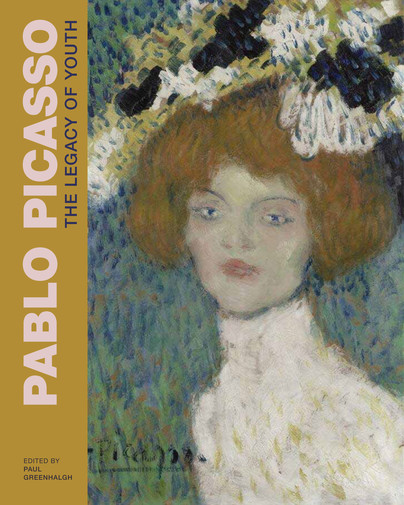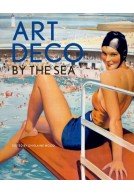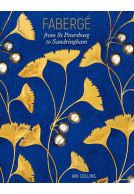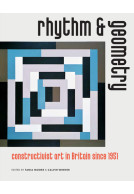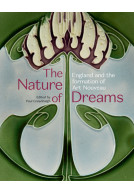Google Books previews are unavailable because you have chosen to turn off third party cookies for enhanced content. Visit our cookies page to review your cookie settings.
Pablo Picasso (Paperback)
The Legacy of Youth
You'll be £25.00 closer to your next £10.00 credit when you purchase Pablo Picasso. What's this?
+£4.99 UK Delivery or free UK delivery if order is over £40
(click here for international delivery rates)
Order within the next 1 hour, 45 minutes to get your order processed the next working day!
Need a currency converter? Check XE.com for live rates
(click here for international delivery rates)
Order within the next 1 hour, 45 minutes to get your order processed the next working day!
Need a currency converter? Check XE.com for live rates
This book reveals that Pablo Picasso wasn't simply a figurehead of the Modern Age. He grew up in the 19th century: the extraordinary mixture of values that was fin de siècle Europe penetrated deep into his personality, remaining with him through his life. While he was the quintessential Modern in so many ways, he was also a Victorian, and this duality explains the complexity of his genius. He was simultaneously looking forwards and backwards, and feeding off the efforts of others, before developing his own idioms for depicting the contemporary world.
The young artist recognised that society was increasingly in a process of transformation, not in a transitory or temporary way, but permanently, under the inexorable pressures of modernisation. He realised that the emergence of Modern art through the last quarter of the century was a product of this transformation. Throughout his life, Picasso would feel the tension between modernity and the histories it replaced. He would also struggle with the role of the individual, and subjectivity, in this new environment.
Each chapter shows how the young artist embraced successive styles at large in the art world of his time. By the age of 14 well capable of drawing in a highly competent Beaux Arts mode, he drew in a Classicist manner of redolent of Ingres, or early Degas. He then moved through various forms of Impressionism, Symbolism, and Post-Impressionism, before arriving in his early twenties at his first wholly individual style, the Blue period, albeit that all these earlier sources were still evident. The Rose period followed, after which the artist began a truly seminal period of experimentation which culminated in the development of Cubism. By 1910, Cubism had become a fully mature vision, practiced by a wide range of artists. It was to provide the springboard for much Modern art across the disciplines, and it positioned Picasso as perhaps the single most important artist of the new century.
Other titles in Sainsbury Centre for Visual Arts...







